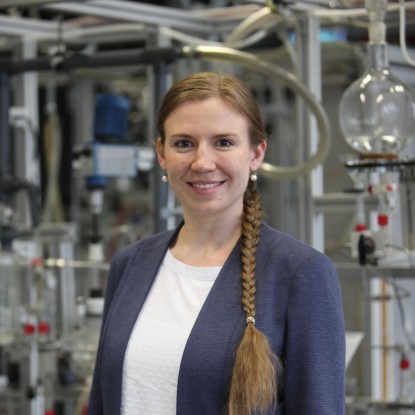Solution Polymerization

Solution polymerizations are a widely used process in chemical industry for the production of relevant polymer materials, such as adhesives or coatings. Typical industrial examples are polyacrylates, and -methacrylates, polyacrylic acid, polyvinyl acetate and more. They take place under varying conditions, such as temperatures, solvents, initiators and more, so that a wide range of products is accessible. The advantage is that all substances involved are present in one phase during the entire reaction time.
[1]https://onlinelibrary.wiley.com/doi/10.1002/marc.202270032
Emulsion Polymerization
Polymer dispersions are polymer particles finely dispersed in a continuous phase – typically water. These products have a very wide range of applications and can be found, for example, as latex paints or adhesives, in paper coating or encapsulation of inorganic particles, and for biomedical or pharmaceutical purposes. They are often produced by emulsion polymerization in batch or semi-batch processes. For this purpose, water, emulsifier and monomer are initially charged, then emulsified and initiator solution and, if necessary, further monomer are added.




